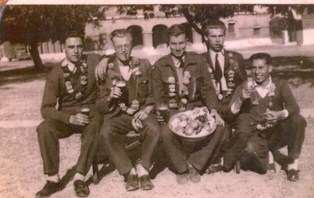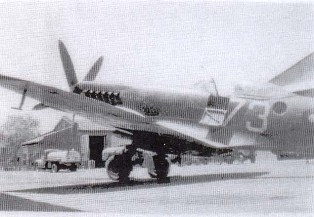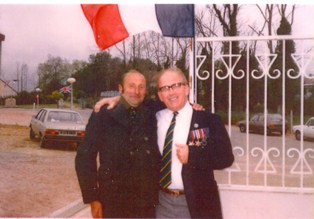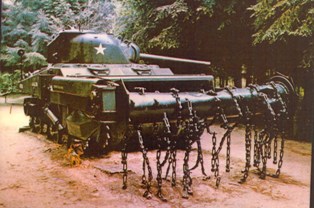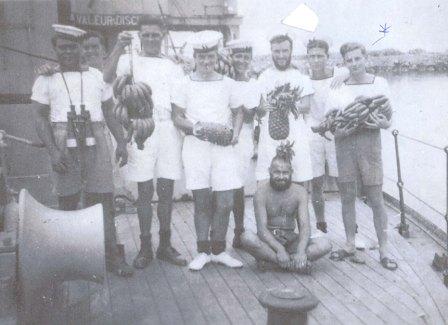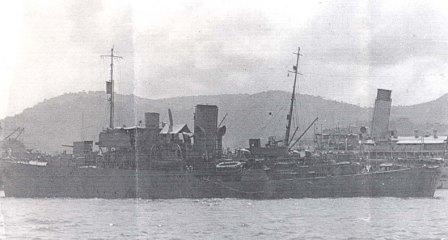
Private 18718 Harry Biggerstaff
2nd Bedfordshire Regiment
Killed in Action 25th September 1915
Son of Fred and Fanny F. Biggerstaff, of Green End, Sarratt, Rickmansworth, Herts.
Loos Memorial, Panel 41.
Born: Hemel Hempstead.
Enlisted: Bedford.
Residence: Sarratt, Herts.
Private 4/7376 Frederick Cole
2nd Bedfordshire Regiment
Killed in Action 25th September 1915
Loos Memorial, Panel 41.
Born: Hemel Hempstead.
Enlisted: Hertford.
Residence: Hemel Hempstead.
At 12:05 am on the 25th of September 1915, the 2nd Bedfordshire Regiment - including Privates Harry Biggerstaff and Frederick Cole proceeded to their position of assembly at Noyelles, arriving at 3:35 am. They then proceeded at 6:05 am, moving by platoons at 200 x distance to Vermelles. By 11:30 am they had reached Chapel Alley. They then continued on a front of two companies in columns of platoons extended at 50 yards, with Hulluch Road on the right. A fair way ahead was the 20th Brigade, with the Wiltshire Regiment on the left of the battalion.
The Germans' first-line trench was moved across by the battalion without almost any casualties however, once advancement over the land behind the German front-line began, the battalion came under heavy rifle fire from the direction of the quarries and northern houses of Cite St Elie. Despite now suffering severely, the battalion continued to advance in rushes of small parties until gun trench was reached. Some died later on in the day due to wounds, with between two and three hundred ranks becoming casualties. Despite two platoons reaching 100 yards, they were forced to fall back after being unsupported in the front of gun trench. However once they had dug themselves in, the battalion remained in gun trench and by the afternoon were able to hold the gun pit north of the road, with all four machine guns being in the trench. They proceeded till dusk, where men of the 20th brigade who were in the trench were sorted out and reformed their brigade. By 7pm, the A and C companies were withdrawn from gun trench and subsequently began digging a support trench roughly 100 x to the rear of the initial trench position.
Closely followed by German soldiers, a group of men were seen coming down the Hulluch Road calling out, “don’t shoot, we’re the Gordons.” Whilst this was happening, the Borders holding the gun trench south of the road began to retire. Immediately, a series of bombs rained down upon the gun trench, causing the men to leave in increasing numbers, with some falling back on the support trench where they slipped. Despite this, the company on the left of the B company stood firm and their two machine guns remained in action, with no attack. A heavy fire was brought to bear from the support trench, and shortly after a successful charge was organised. This saw multiple Germans being killed or taken prisoner, which included the artillery captain, who led the counter-attack. More soldiers were killed or wounded, whilst some of the left company suffered some casualties from the British’s own shrapnel throughout the duration of the attack.
With two companies in the gun trench and two in the support trench, the rest of the night passed quietly, with few other casualties.
Source:
-
2nd Bedfordshire Regiment War Diary, Catalogue Reference: WO 95/1658
By Mel Heather, Faith Hancock and Tia Dabare
10th July 2018
